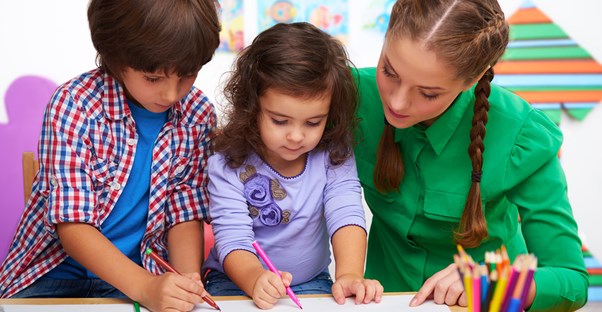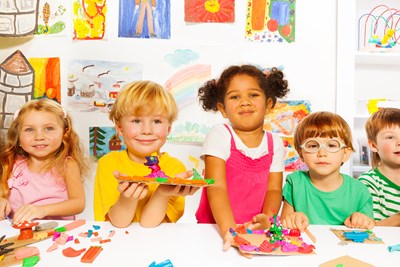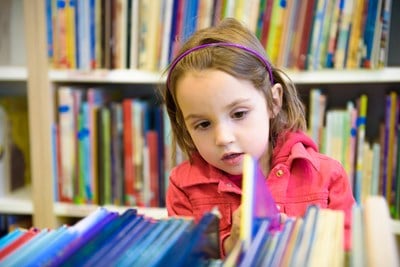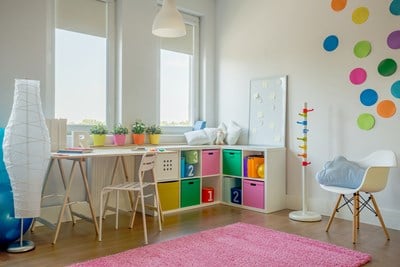When signing your children up for preschool, it’s important to know what you’re getting them into. What will they really be doing all day? What will they be learning? While all preschools have their own quirks and agendas, there are certain key concepts that are present throughout nearly every preschool curriculum. It’s the function of these institutions to provide your children with the foundational skills to prepare them for a successful career. So, what do they focus on?
Basic Oral Communication
Probably the highest priority of preschools is developing effective communication strategies. For many students, this is the most time they spend with anyone who isn’t related to them, so they learn how to interact with other people who might not think or act the same way they do. One of the ways this is productive is by showing children how to express their thoughts and emotions without hurting anyone’s feelings. By the time they begin kindergarten, kids know an average of between 3,000 and 5,000 words. Through friendly interactions with peers and facilitated instruction by the teachers, preschool aims to put their students at the higher end of that spectrum.
Reading Comprehension
The earlier in life you begin the quest for literacy, the easier it will be for you. This is a philosophy shared by many preschools, which is why they place such an important focus on developing reading comprehension. Students learn the ways of storytelling, as they both read books and are asked to come up with their own stories. Understanding the concepts from both sides is a great way to fully grasp it. That being said, students learn literacy through writing. Usually, they’re asked to start small, by copying their own name or the words that are in front of them. As they progress through preschool, they will be able to write complete sentences they come up with on their own. Reading aloud as a group helps students to better understand the functions of language, improving their ability as readers and writers.
Mathematical Functions
Many children deal with basic math problems on a daily basis without even knowing it. Preschool places an emphasis on being aware of the math students see in the world and giving them the tools to solve the equations. The most popular way to do this is through some sort of physical representation. For example, if Billy has five blocks and Sarah takes away two, how many blocks does Billy have now? From there, students are able to move on to basic geometry and comparing units of measurement. It’s much more complicated than simply learning shapes and colors; these students are receiving the building blocks for quantitative reasoning, which they will continue to use throughout their academic careers.




